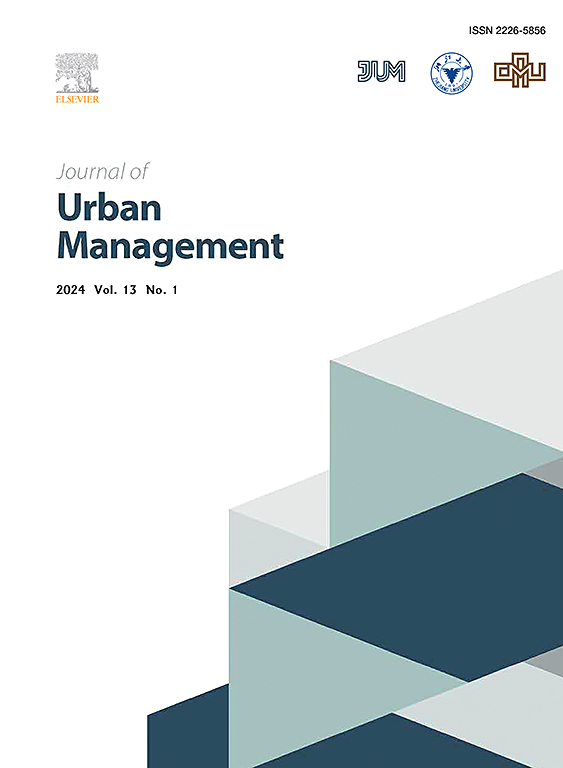城市无计划扩展对中欧和东欧后社会主义城市城乡边缘地带的影响--匈牙利案例研究
IF 5
2区 社会学
Q1 URBAN STUDIES
引用次数: 0
摘要
城市无计划扩展对后社会主义城市的城乡结合部产生了广泛的影响,这些地区是中欧和东欧国家农村变化最活跃的地区。在郊区可以看到密集的建筑活动和人口增长。由于这些地区缺乏地方空间规划和土地使用管理,环境在无序扩张过程中遭到严重破坏。在城市行政区域的边缘,住房条件、建筑和居住环境的特征以及社会地位都存在巨大差异。为了更好地理解这一现象,我们对匈牙利的两座城市进行了调查:Győr 和 Kecskemét。这两个地区中心都有很大的郊区,而 Kecskemét 的集水区有许多分散的农场,即使在国际上也是如此。在研究过程中,我们进行了系统的实地考察和深入访谈(n = 30),并实施了定量(地理信息系统)和统计分析,以收集城乡边缘地区转型的关键特征。研究结果表明,由于地方政府缺乏资源和意愿,出现了高度分散的空间结构。城市无序扩张造成了复杂的环境问题,如景观退化和社会隔离,并引发了郊区建筑和建设的不可持续性问题。本文章由计算机程序翻译,如有差异,请以英文原文为准。
The impact of urban sprawl on the urban-rural fringe of post-socialist cities in Central and Eastern Europe – Case study from Hungary
Urban sprawl has a wide-ranging impact on the urban-rural fringe of the post-socialist cities, which are the most dynamically changing areas of the countryside in the Central and Eastern European countries. Intensive construction activity and population growth can be seen in the outskirts. Due to the lack of local spatial planning and land-use management in these areas, the environment was severely damaged during sprawl. On the fringes of the administrative area of the cities, there are huge differences in the housing conditions, character of the buildings and residential environments, and social status. To better understand the phenomenon, we investigated two Hungarian cities: Győr and Kecskemét. Both regional centers have large outskirts, and Kecskemét's catchment area has many scattered farms, even in international comparison. During our research, we conducted systematic fieldwork and in-depth interviews (n = 30) and implemented quantitative (GIS) and statistical analysis to gather critical features of the transformation of the urban-rural fringes. According to our results, a highly fragmented spatial structure has emerged due to the lack of local government resources and will. Urban sprawl causes complex environmental problems, such as landscape degradation and social segregation, and raises the question of the unsustainability of buildings and construction in the outskirts.
求助全文
通过发布文献求助,成功后即可免费获取论文全文。
去求助
来源期刊

Journal of Urban Management
URBAN STUDIES-
CiteScore
9.50
自引率
4.90%
发文量
45
审稿时长
65 days
期刊介绍:
Journal of Urban Management (JUM) is the Official Journal of Zhejiang University and the Chinese Association of Urban Management, an international, peer-reviewed open access journal covering planning, administering, regulating, and governing urban complexity.
JUM has its two-fold aims set to integrate the studies across fields in urban planning and management, as well as to provide a more holistic perspective on problem solving.
1) Explore innovative management skills for taming thorny problems that arise with global urbanization
2) Provide a platform to deal with urban affairs whose solutions must be looked at from an interdisciplinary perspective.
 求助内容:
求助内容: 应助结果提醒方式:
应助结果提醒方式:


